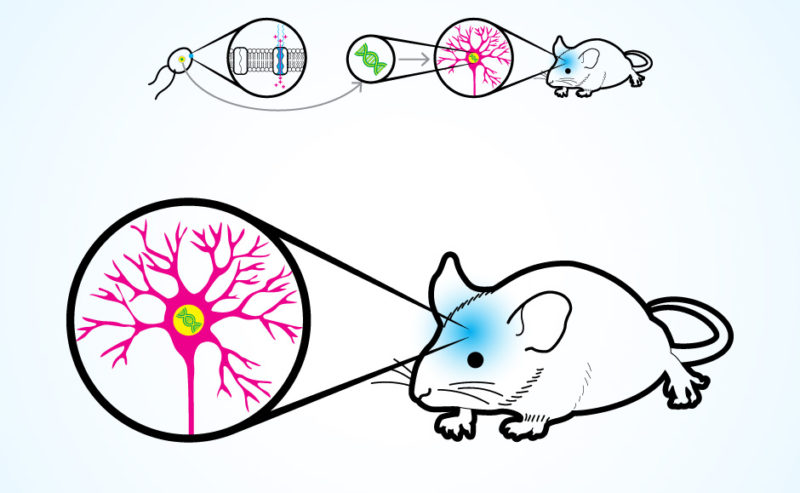Neuroscientists Successfully Control Lab Mice Movements via Brain Implants
Ron Perillo / 8 years ago
Without the aid of cheese or any rodent-enticing snacks, neuroscientists from Stanford University have successfully controlled lab mice movements via implanted devices wirelessly. This new breakthrough in neuroscience is called “optogenetics”, using light to activate certain brain cells and trigger specific neural pathways. While previous researchers used fiber-optic cables implanted deep in the skull or through the brain tissue with bulky battery packs, the Standford researchers have developed peppercorn-size devices that allows the lab mice to move freely and wirelessly without the added bulk of external cables or battery packs. Most importantly, the implanted lab mice did not come across as odd or unusual looking to other control mice subjects so the social behaviour as it interacts with others is not affecting the final result. Since it does not use batteries, the tiny device is powered wirelessly via radio waves.
The Standford neuroscientists have made their guides on how to make DIY wireless optogenitics completely available online for free and encourage others to use their designs. The wireless power transmitter itself is made from readily available and low-cost components.
Since the actual science involves activating clusters of neurons, the neuroscientists’ research could have far-reaching implication when applied to humans including treatment of neuropsychiatric disorders, trauma therapy or even lead to greater understanding and treatment of Alzheimer’s patients.




















